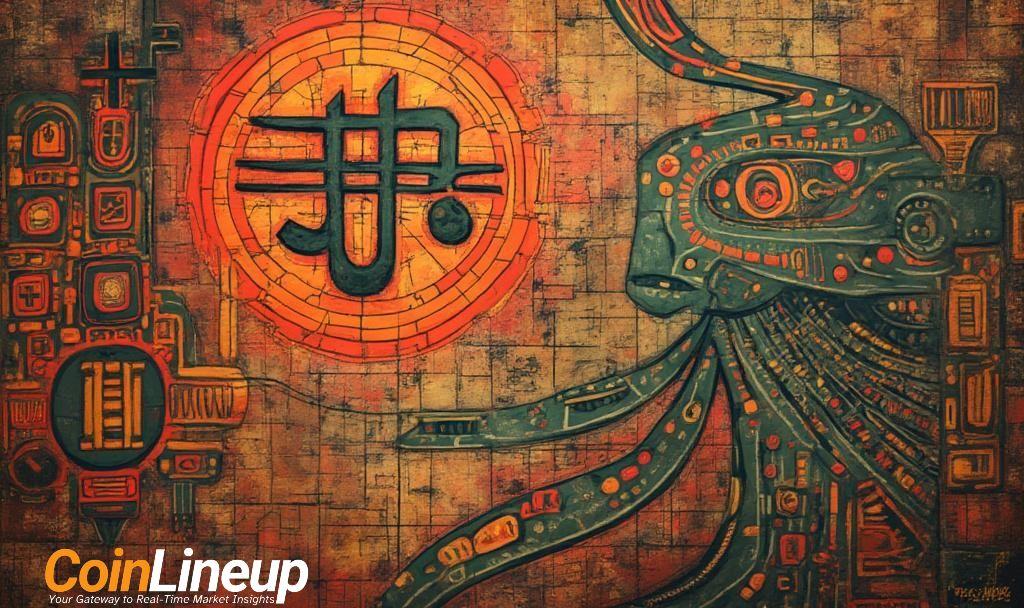
- OKX’s token burn occurred on August 13, 2025, impacting the economy.
- The fixed supply is now capped at 21 million tokens.
- Potential market correction due to negative funding rates.

The OKB price rally stems from a significant $7.6 billion token burn and blockchain upgrades. However, risks include potentially reverting to $65 due to negative funding rates and stressed bullish sentiment, mirroring past crypto volatility patterns.
The OKX cryptocurrency exchange recently executed a record-breaking $7.6 billion burn of 65.2 million OKB tokens, significantly altering the token’s supply dynamics.
The token burn is poised to affect trading activity, potentially influencing short-term market movements and long-term token valuation dynamics.
OKB’s recent price rally was fueled by the massive token burn alongside blockchain upgrades within the OKX ecosystem.
The move represents a major shift in OKX’s strategic supply management.
OKX, led by CEO Jay Hao, initiated the burn with an official announcement via Twitter. The circulating supply is now fixed at 21 million, underscoring potential for price movement.
OKX’s record-breaking $7.6B token burn furthers our commitment to a decentralized financial future. The supply is now truly scarce, and X Layer unlocks unprecedented performance for builders and traders. – Jay Hao, CEO, OKX Posted August 13, 2025
Immediate market reactions include a price surge, yet caution looms with negative funding rates indicating potential for reversal. Financial analysts highlight concerns about the token’s valuation post-burn. They note historical trends where similar events led to volatility and price corrections following initial rallies.
OKB’s new status sees migration from the Ethereum chain to the X Layer, powered by Polygon Supernet technology. This represents a significant upgrade for scalability and ecosystem innovation.
Potential outcomes include changes in trading volumes and the technological landscape as OKB adapts to its modified structure. Historical precedents hint toward eventual price stability post-correction.












Be the first to leave a comment